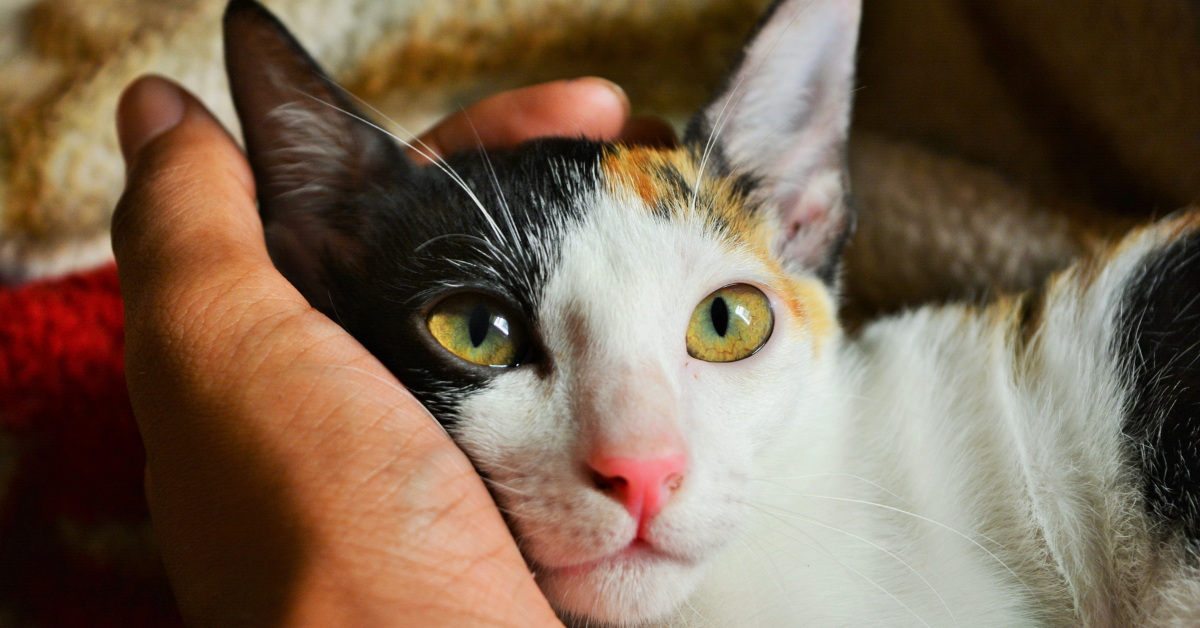
Accidents and Sudden Death
You may have heard references to the five stages of grief (also known as the Kubler-Ross model)—denial, anger, bargaining, depression and acceptance. According to Kubler-Ross, not everyone goes through the grief process touching on every stage or in any particular order. What is true is that when grieving, everyone goes through at least two of the stages. When we lose a treasured companion suddenly, the stages of grief may blur from one to the other or they could be distinct and obvious.
The sudden loss or death of a pet can cause grief and the difficulty associated with it. For more information on coping with grief after the loss of a pet, visit the Help guide (http://www.helpguide.org/mental/grieving_pets.htm).
According to Wikipedia, an accident is “a specific, unexpected, unusual and unintended external action which occurs in a particular time and place, with no apparent and deliberate cause but with marked effects.” (http://en.wikipedia.org/wiki/Accident) In many cases, accidents can be avoided and steps taken to prevent them. One of the leading causes of death in animals is consumption of a toxic product. Like childproofing our homes, we must also take care to make sure our homes are as pet friendly as possible. For a list of toxic and nontoxic plants, visit the ASPCA (http://www.aspca.org/pet-care/poison-control/plants/). In addition to making sure all toxic plants are removed, or at the very least kept away from the pet, make sure all caps and lids are firmly in place on all containers and are kept out of reach. Containers can become damaged and leak. To avoid potential ingestion, store all cleaning and home improvement products in a clean, dry location off the floor. If you have children, consider placing a lock on a cabinet and storing all toxic materials inside. Beware that some products require ventilation. Always read the instructions before using or storing any product.
To avoid accidents like being hit by a car, running away or theft, train your dog not to run out the door when it’s open, and to stay on the curb and not run into the street. Always make sure the animal is on leash or within a fenced area. If you have a fenced yard, teach everyone to close and latch the gate every time. Check the fence perimeter frequently to make sure it is intact and free of holes or undermining from your dog’s digging.
Taking precautions is the best solution to keeping pets safe. While it may not be possible to safeguard against every potential situation, always be prepared. When traveling, keep your pet well hydrated. When traveling by car, give pets plenty of chances to get out of the car and stretch their legs in a safe area away from traffic. If travel is stressful for your pet, make an appointment to see the vet to discuss medication to make travel easier. At home, keep a first aid kit on hand along with a list of common toxins and treatments. Post the address and phone number to your local pet emergency center in an obvious, visible location such as on the refrigerator or near your home phone. If you cannot afford to take your pet to the vet, you can call them for advice (it’s free).
License your pet with the city/county where you live; update the information immediately every time you move. Consider micro-chipping your pet and keep all contact information current. For those who cannot afford or do not want their pet micro-chipped, there are tags available with GPS chips on them for about $15 from your local pet supply. You can keep track of your pet’s whereabouts by computer/mobile device and the unit is not implanted in your pet. However, as with any tag, they can come loose or be stolen. The only way to assure your pet’s identification is by having them micro-chipped and keeping current records.
No one can keep his or her pets safe from every accidental hazard. An informed and active pet owner can ensure their pet avoids the most common causes of accidents and sudden death in pets.






